A solar water-splitting module for hydrogen production has been developed by German researchers
)
An innovative new direct solar water-splitting technology for hydrogen production, has been created by three Fraunhofer institutes. This technology has been created with the intention for it to reduce system complexity and maintenance costs.
This project was developed under the Neo-PEC (photoelectrochemical cell) joint research projects. Whilst the system was in development the German institutes stated that their, ‘“tandem PEC module” allows solar energy generation and hydrogen production to occur in one unit.’
The product that the researchers created, was manufactured through coating commercial float or plate glass with semi-conducting materials. This means that the cell absorbs the short-wavelength light and the long-wavelength light is able to pass through the upper level. Once it has passed through, the longer-wavelength light is then absorbed on the reverse side. After this process is complete, hydrogen is then released from the module on the reverse side, which is known as the cathode. Whilst this is occurring, the oxygen is on the upper side, also called the anode.
To make this all possible, the Fraunhofer scientists developed ‘high-purity’ semiconductor materials. These can be used within the process through using ‘ultra-gentle’ coating methods which have the effect of increasing the module’s hydrogen production rate.
Group Manager: Functional Material for Hybrid Microsystems at the Fraunhofer Institute for Ceramic Technologies and Systems IKTS, Dr. Arno Görne, stated that ‘the nanometre-level layers are built onto the glass.’ He continued, “The structures created in the process have a huge impact on reactor activity, in addition to the actual material properties, which we have also optimised.”
Fraunhofer added that, ‘With 0.5m2 active surface area, the reactor’s proposed hydrogen can be captured directly. “A single module exposed to sunlight under European conditions can generate over 30kg of hydrogen per year over 100m2.”’
Görne mentioned, “In terms of the dimensions of the tandem cell, we are limited by the fact that our module splits the water directly, but it is also necessary for electricity to get from one side to the other to achieve this. As the module area increases, the rising resistance has an unfavourable effect on the system. As things currently stand, the existing format has proven to be optimum. It is stable, robust, and significantly larger than any comparable solution.”


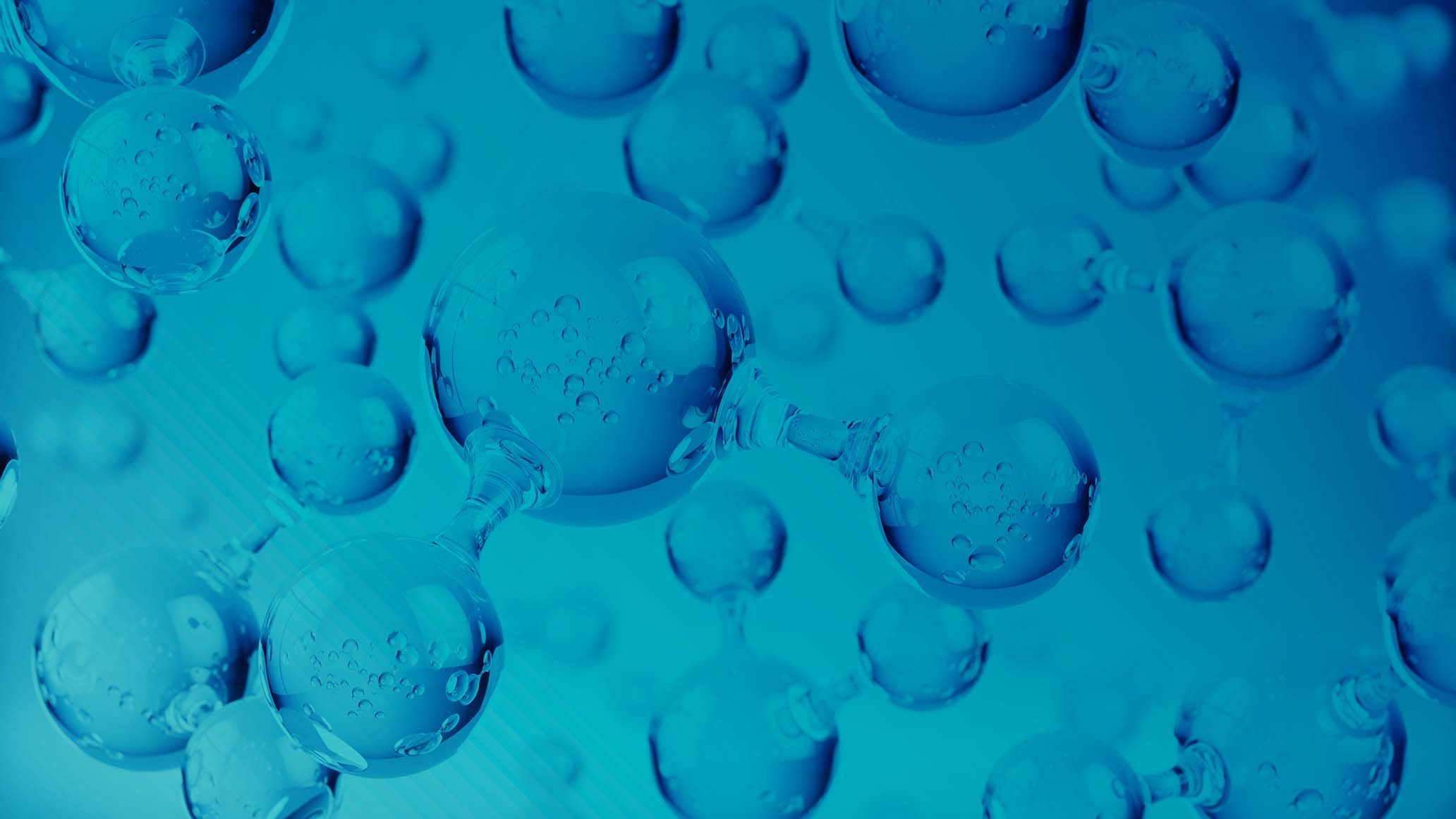
)
)
)
)
)
)
)
)


)
)
)
)
)
)
)
)
)
)
)

)
)
)
)
)
)
)
)
)

)
)
)
)
)
)
)
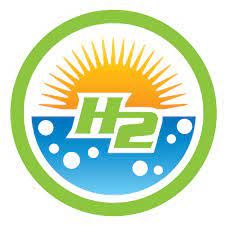
)
)
)
)
)
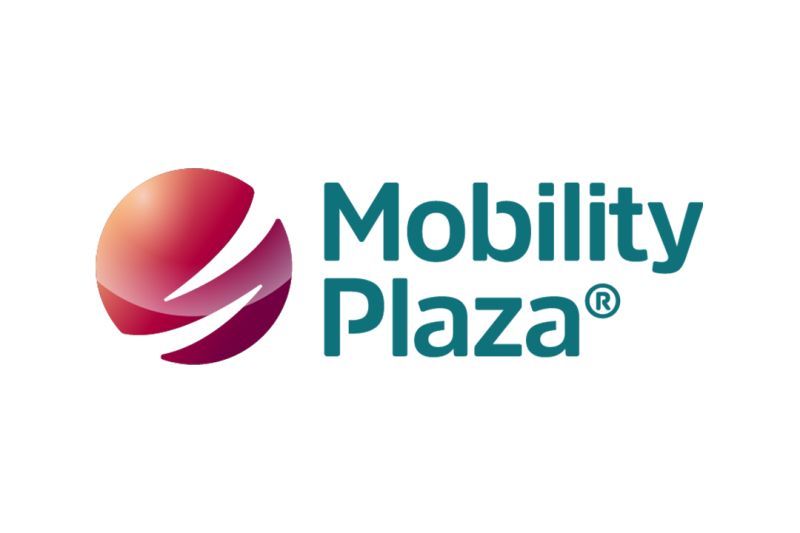
)
)

)
)
)
)
)
)
)
)
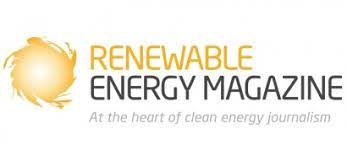
)
)
)
)
)
)
)

)
)

)
)
)
)
)
)
)
)

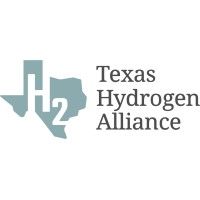
)
)
